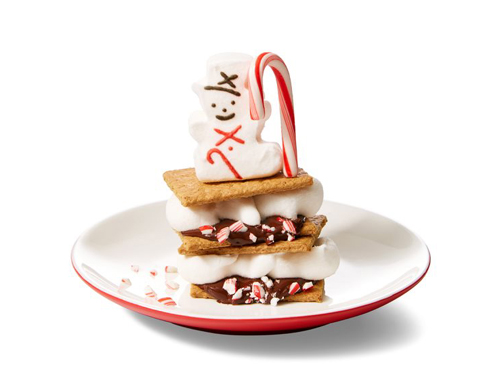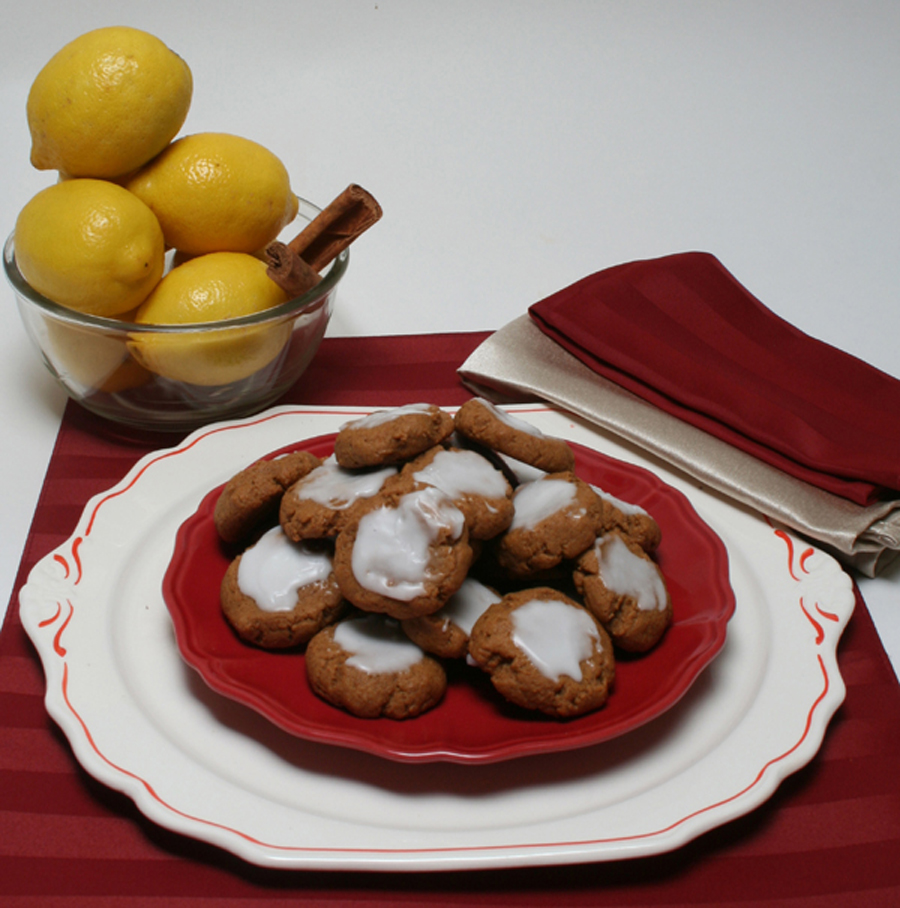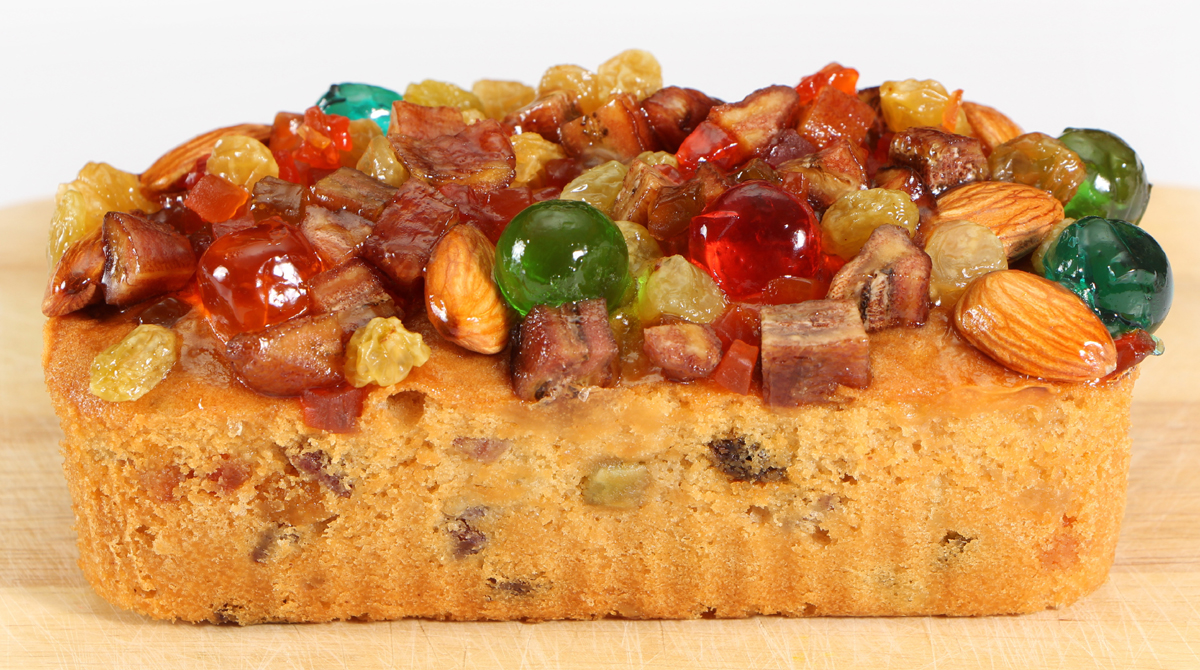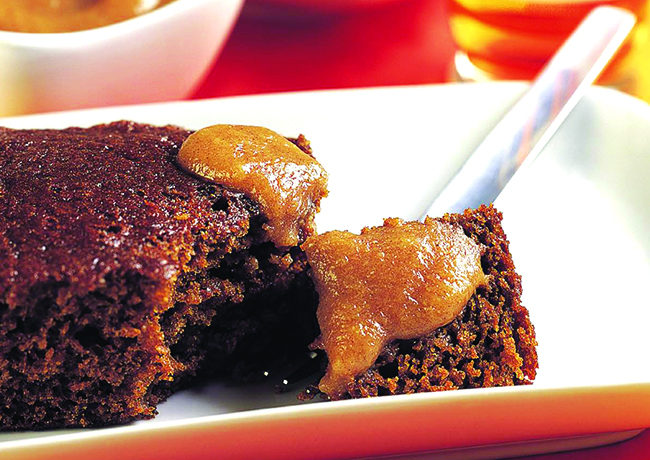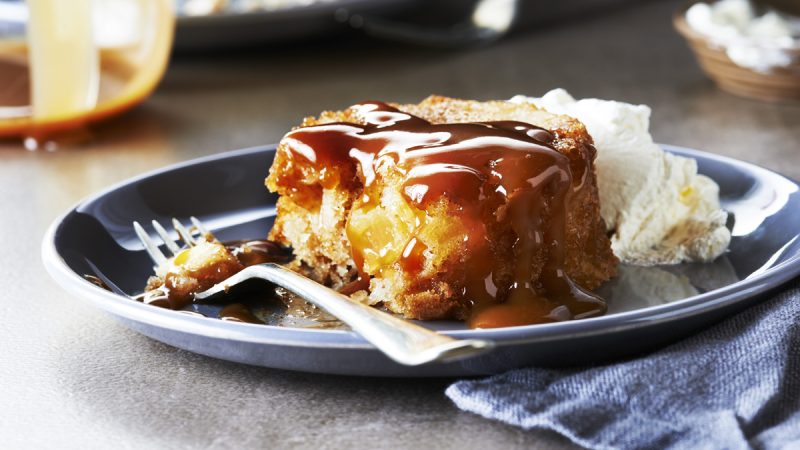Easy Recipe for Making Bread from Whole Grains
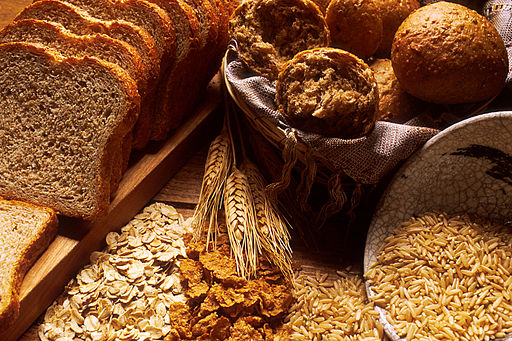
Bread is one of the ancient foods, and it used to be one of the simplest. Whole wheat ground into flour, water, honey, yeast and a little oil, and you were set.
Not only was it one of the simplest, but it was also one of the most nutritious and satisfying foods ever made.
Leave it to modern man to really screw things up. These are all the ingredients I found on a package of a whole wheat loaf I bought at the supermarket a few months ago:
- Whole wheat flour
- Water
- Wheat gluten
- High fructose corn syrup
- Honey
- Yeast
- Vegetable oils (soybean and/or cottonseed oil)
- Brown sugar
- Salt
Mono- and diglycerides – these are used to keep the oils from separating in products and to increase shelf life.
Ethoxylated mono- and diglycerides – as best as I can understand, these are fats that have been chemically altered. Oh yeah, I definitely want that in my body.
Ascorbic acid
Azodicarbonamide – this stuff can cause asthma and allergic reactions. It’s also used as a pesticide. It’s been banned in Europe because tests have shown it can cause cancer. However, it is still allowed in the U.S.
Enzymes – added because the natural enzymes that were once in the wheat kernel were destroyed and the flour now has no nutrition. These can include alpha-amylase, fungal protease, and lipoxygenase. Doesn’t that sound tasty?
Calcium sulfate – used as a coagulant.
Guar gum – a food thickener
Calcium
Obviously, there are some ingredients in this bread I really have a problem with. The chemicals alone are frightening enough to make you want to steer clear.
But also, the flour they used is dead. No nutrients are left once the milling process is complete. The wheat kernel is removed and then vitamins have to be added in afterwards. Otherwise, people who eat it would suffer from malnourishment.
Wouldn’t it be better to keep those nutrients in?
That’s the beauty of grinding your own flour with whole grains.
An Easy Recipe For Making Bread from Whole Grains
This is my favorite recipe when working with whole grains. I have found it works on any whole grain, whether it is wheat, triticale or even Ezekiel mix. This recipe works well with any type of grain.
In order to make this, you will need both a grain mill and an upright, electric mixer. I have a Kitchen Aid Mixer, which I love, but I know there are other brands available as well.
These are the ingredients you need:
- 4 cups of whole grains
- 1 tablespoon sea salt
- 2 and a half teaspoons yeast
- 2 and 1/3 cups of very warm water
- 1 tablespoon of olive oil
- 2 tablespoons of honey
Grind the four cups of grain and add them to the bowl of your mixer. Add the salt and the yeast to the flour. Turn on the mixer and mix this for 15 seconds.
In the microwave, heat the water to about the same temperature as you would use to reheat coffee. I have a beverage setting on my microwave which I use. Add the oil and then the honey to the water and mix well.
Turn on the mixer again and slowly add the water to the flour mixture. Allow the mixer to run for a minute and a half. Then set the timer and allow the dough to rest for ten minutes.
At the end of ten minutes turn on the mixer to the number two setting and knead the dough for three and a half minutes.
Put the dough in a large oiled bowl. Cover the bowl with a cloth and set aside to a warm place.
When the dough has risen to double its size, beat the dough down. You can then either divide the dough into two smaller loaves or put the dough into a large single pan to make one large loaf.
Cover the pan (or pans) with a cloth and allow the dough to rise for about 45 minutes.
Bake in a 350 degree oven for 30-35 minutes. Remove the baked bread from its baking pan immediately and allow it to cool on a rack to prevent the loaf from sweating.
My Favorite Whole Grains
Since I bought my wheat mill, I’ve been experimenting with different grains. Here are three different varieties that are delicious and healthy.
Hard Red Wheat
There are several different types of wheat. Soft white wheat is best for baking cakes and pastries. For your prize loaf, however, hard red wheat is the best.
This type of wheat rises well and has an excellent, firm texture. It’s great for sandwiches and toast.
My children love it!
Kamut
Pronounced Kah-moot, legend says this grain has been found in the pyramids of Egypt. This wonderful grain has a slightly higher fatty acid content and is considered a high energy grain.
Kamut also contains more vitamin E, Thiamin, phosphorus, magnesium, Riboflavin and other healthful nutrients than regular wheat does.
It has less fiber than wheat, so it makes a golden-colored loaf with a more cake-like consistency.
Also, even kamut is related to wheat, people with wheat intolerance can usually eat kamut without any problems.
The Healthy Ezekiel Loaf
Another great variety for people with wheat intolerance is Ezekiel bread.
Although it does have some wheat in it, it is in a much smaller amount that most people with wheat allergies can tolerate, along with spelt or rye, barley, millet, lentils, northern beans, red kidney beans and pinto beans.
These wonderful whole grains are mixed together and then ground into a flour.
Although it will not rise as high as whole wheat, Ezekiel bread is very similar in taste and texture.
The Author:
Sue Merriam is author of the website, Organic Gardening and Homesteading.

